
First impressions are everything in the home, and as such, an entryway is a key area to introduce your house's design scheme to guests. For minimalists and maximalists, a rule of thumb: don't overdecorate, less is always more.
Case in point: Dakota Fanning's stunning, modern minimalist entryway, which is sparsely decorated with a wood sidetable adorned by mirrors (like this beautiful piece from Walmart), a single, velvet chair, and soft lighting. The white paint serves as a calming foundation upon entry.
While entryways can be excellent areas to feature pieces like artwork or trinkets, all too often, they become cluttered or overwhelming. Erring on the side of minimalism is, as proven by Dakota, a surefire design move.
Shop the minimalist entryway edit
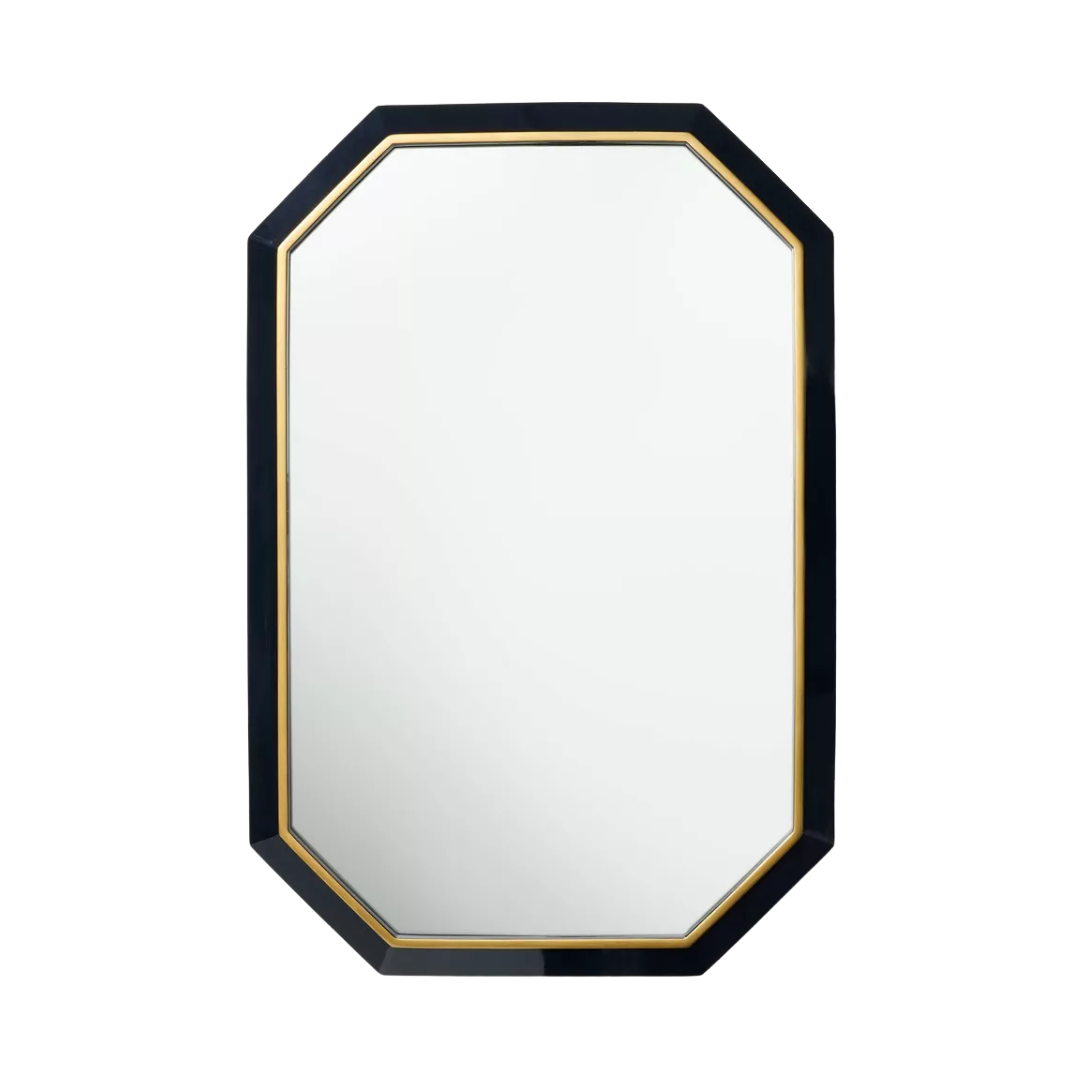
With clean lines and effortless style, this mirror brings a touch of modern minimalism to any entryway while staying under $100. It's a classic for a reason.
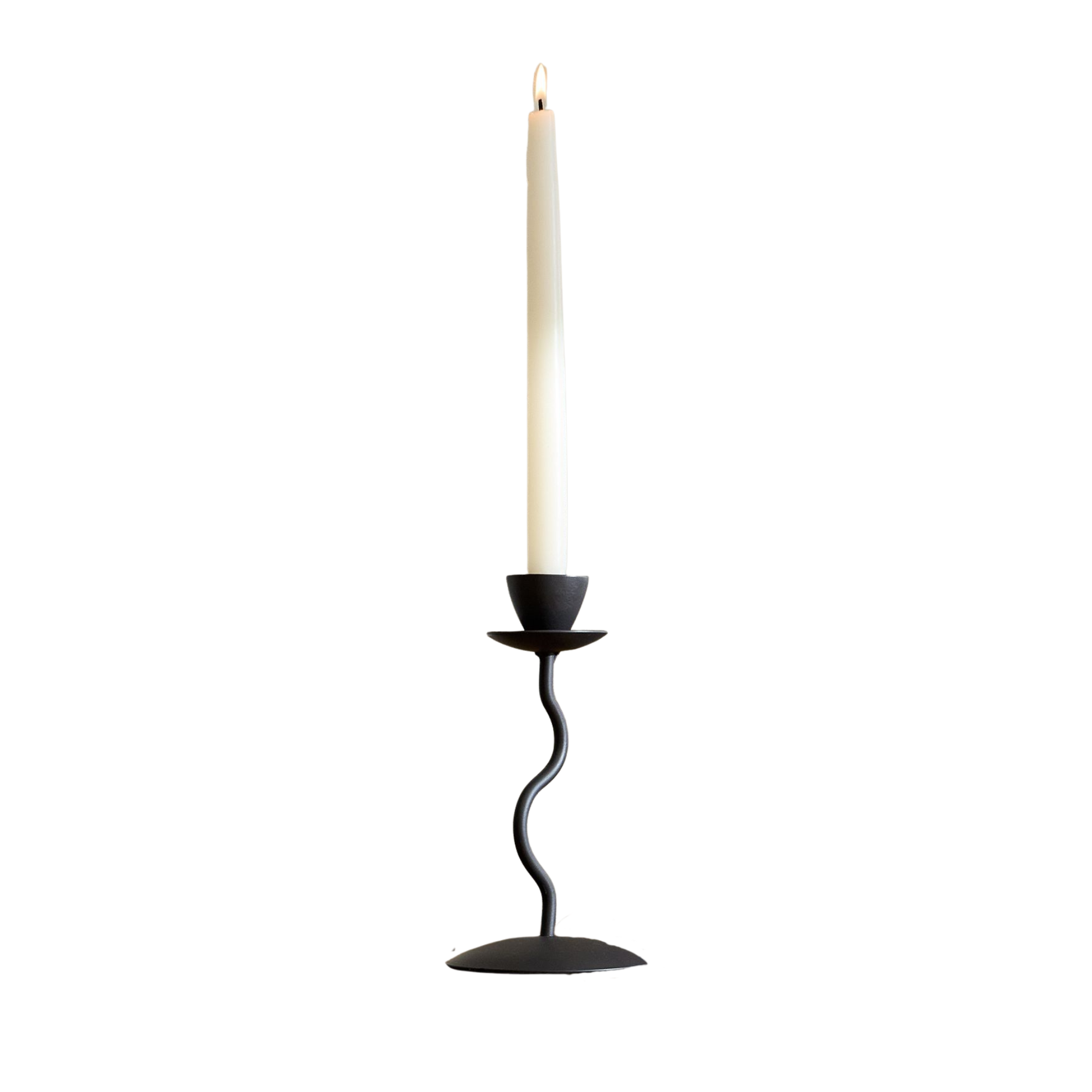
This vintage-inspired zigzag taper holder adds charm and character to any entrance table. Pair it with white candles for a striking contrast and effortless drama.

With its smooth finish and elegant fluted shape, this black footed bowl is a timeless piece that adds both decadence and subtle drama to any entryway.
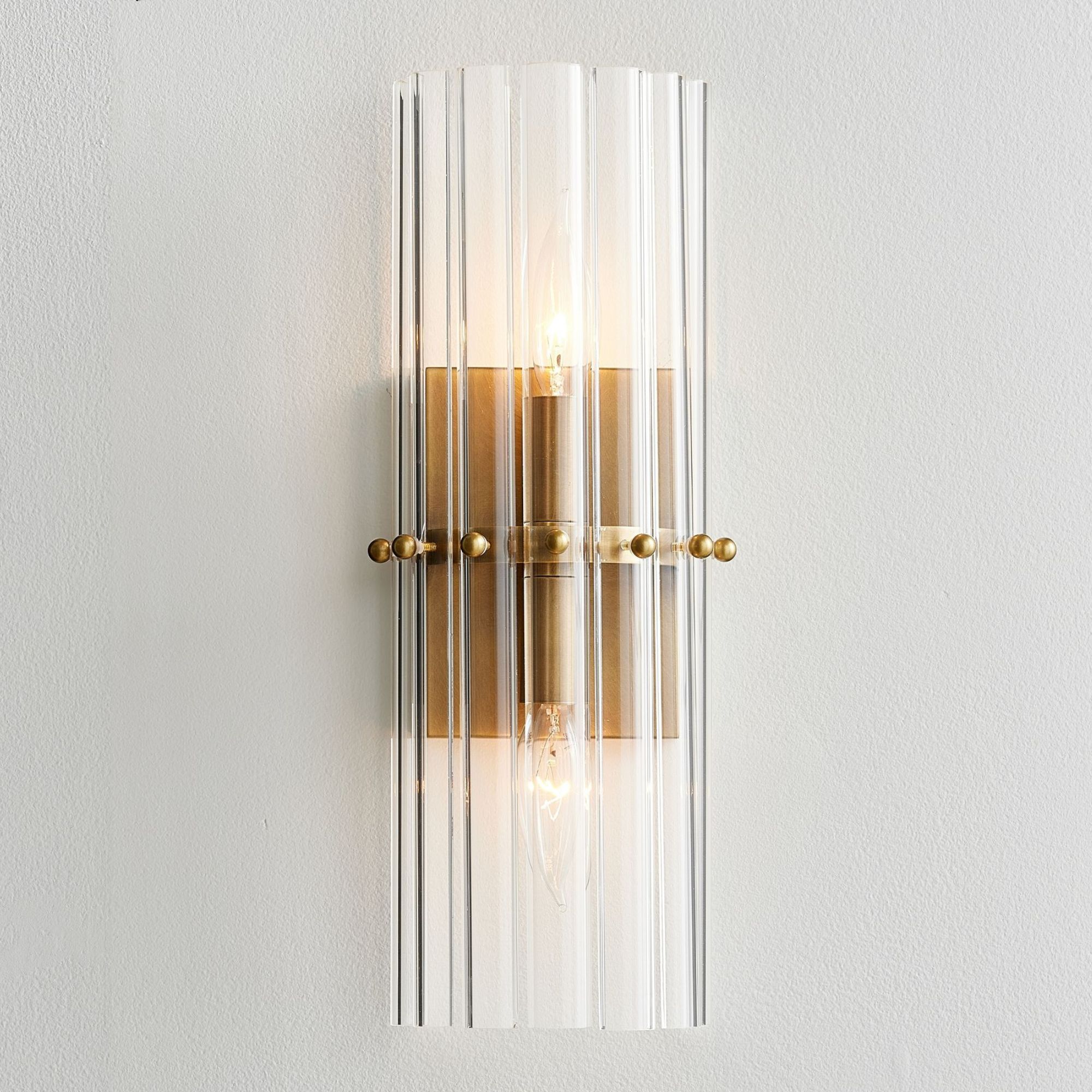
Decadent lighting is a classic Art Deco motif. You'll typically see lots of gold mixed with geometric shapes, like this crystal sconce that would look beautiful in a pair positioned on either side of a mirror.
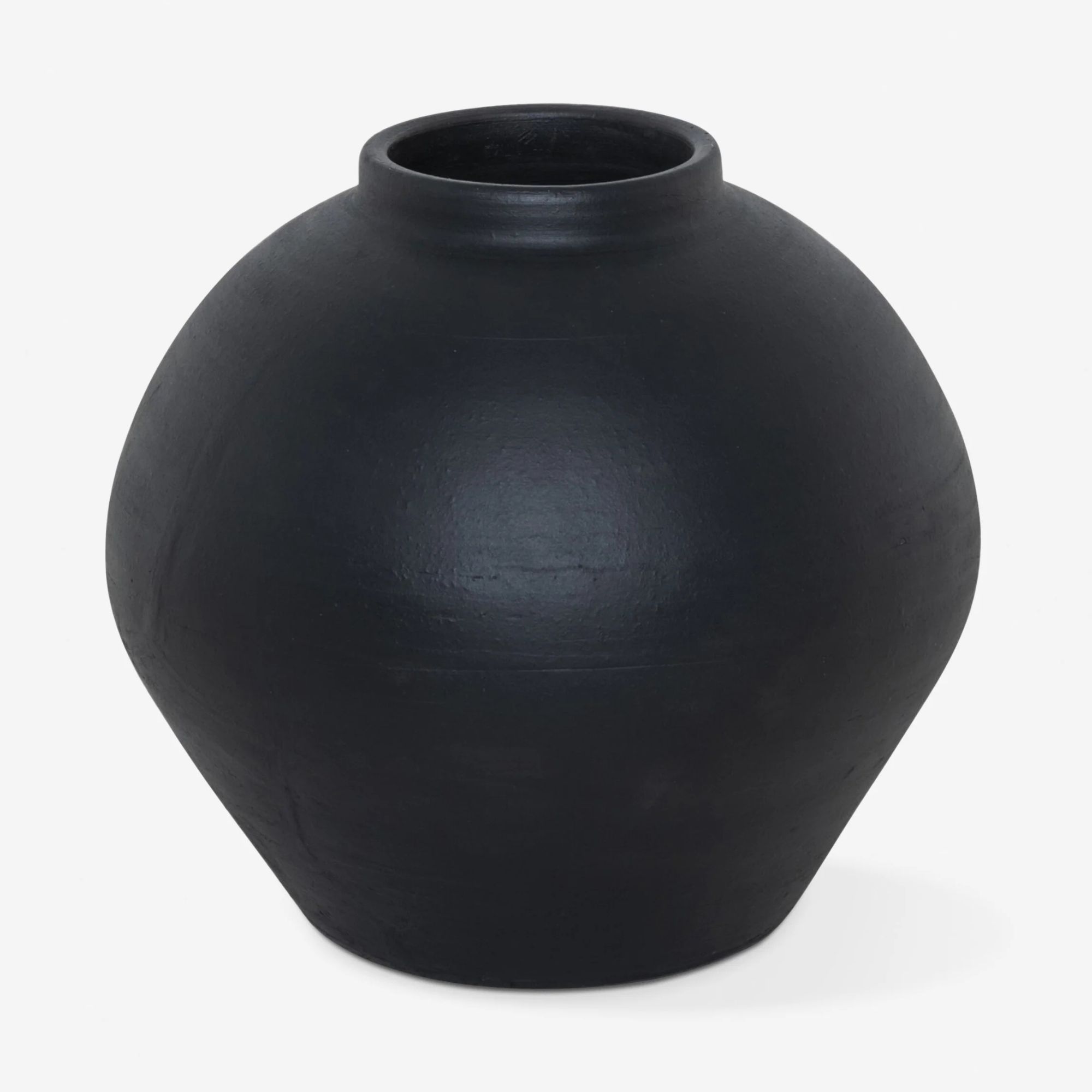
Best filled with bright flowers, the Bosa Vase is a timeless choice that will add rustic charm and sophistication into the home.
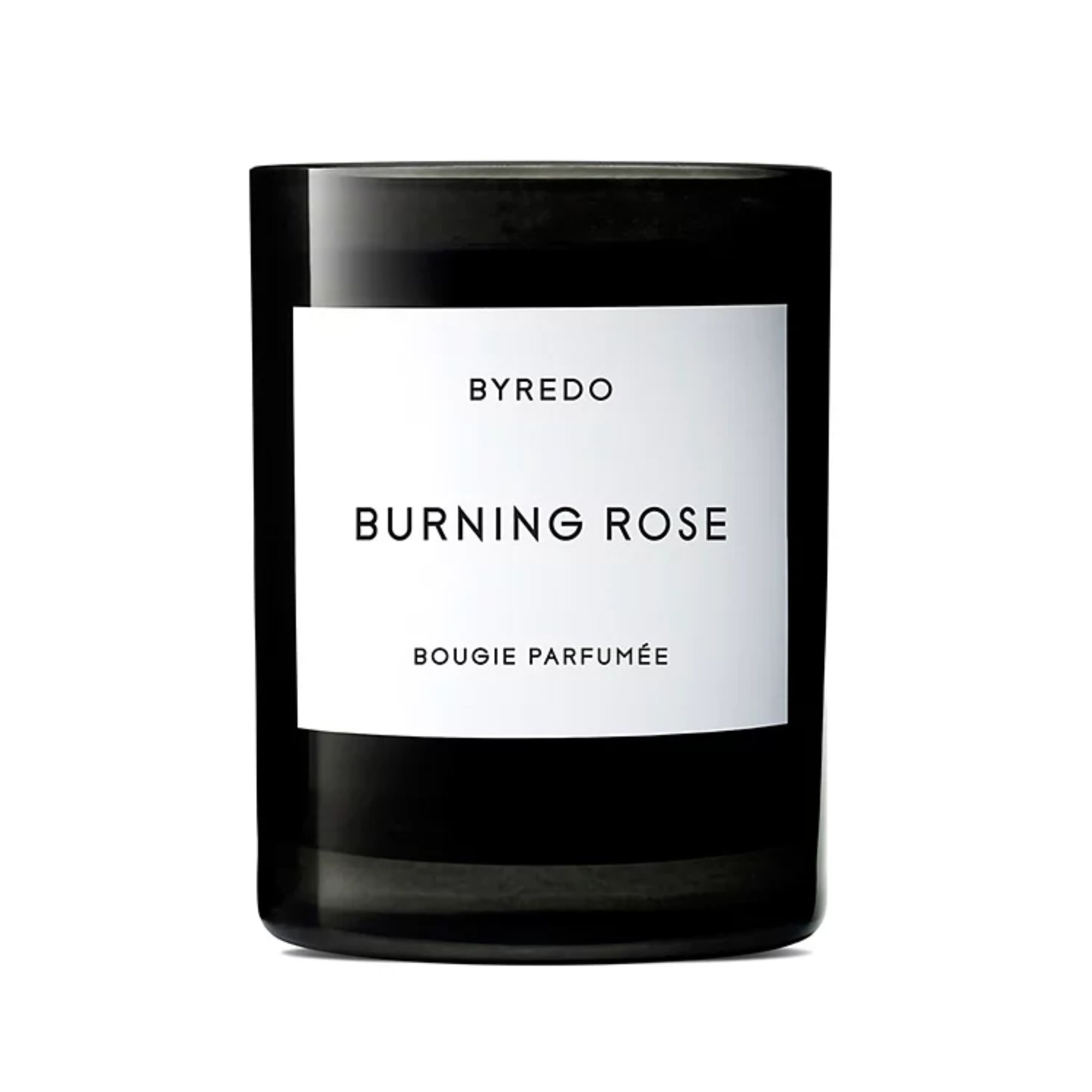
With top notes of rose petals and base notes of birch tree and ebony woods, this blend of natural scents is loved by the likes of Jennifer Aniston and beyond. It's beautiful packaging makes it all the more exciting to display on a console table.
The combination of white and wood is a staple in both traditional and contemporary, minimalist interiors, and as such, including them in an entryway is a winning combination.
'Wood accents bring nature indoors, adding texture and depth to white-painted walls or furniture,' designer Nina Lichtenstein explains.
'This connection to the natural world promotes a sense of tranquility and well-being in the home. White paint, on the other hand, emphasizes simplicity and purity, allowing the beauty of the wood to take center stage.'
The beauty of working with this palette is its versatility, Nina says.
'White paint and wood accents can be tailored to fit almost any interior design style. Whether it’s the clean lines of Scandinavian minimalism, the cozy appeal of farmhouse chic, or the sleek sophistication of modern design, this pairing adapts effortlessly. White can be the unifying element that allows different wood tones to coexist, creating a cohesive look that is both timeless and trendy.'
It's also a fantastic scheme to work with if you want to accentuate existing home features. Dakota's staircase is a clear point of interest here, so her choice to minimally decorate around it is a wise one.
'White paint can be used to highlight architectural features such as wooden beams, trim, or cabinetry,' Nina explains. 'Painting the walls white allows these wood elements to stand out, turning them into focal points within the room. This technique is especially effective in spaces with intricate woodwork or unique wooden details.'







